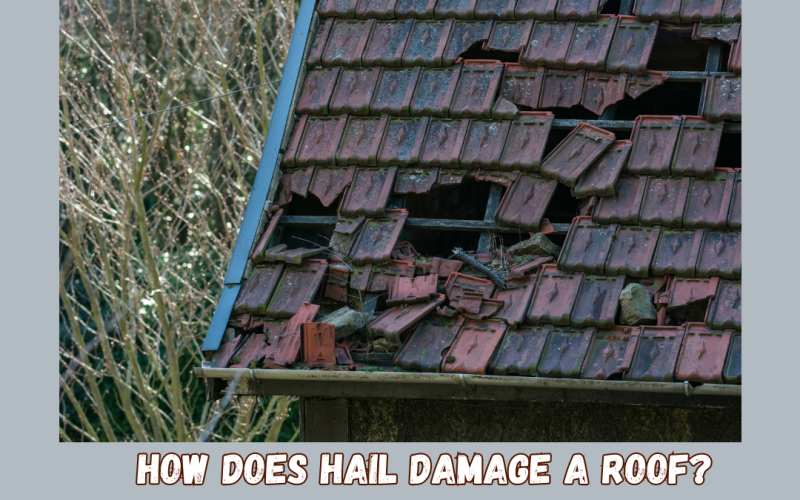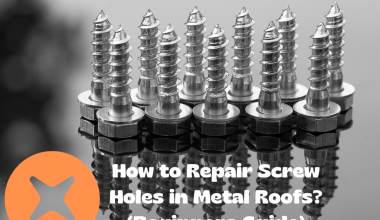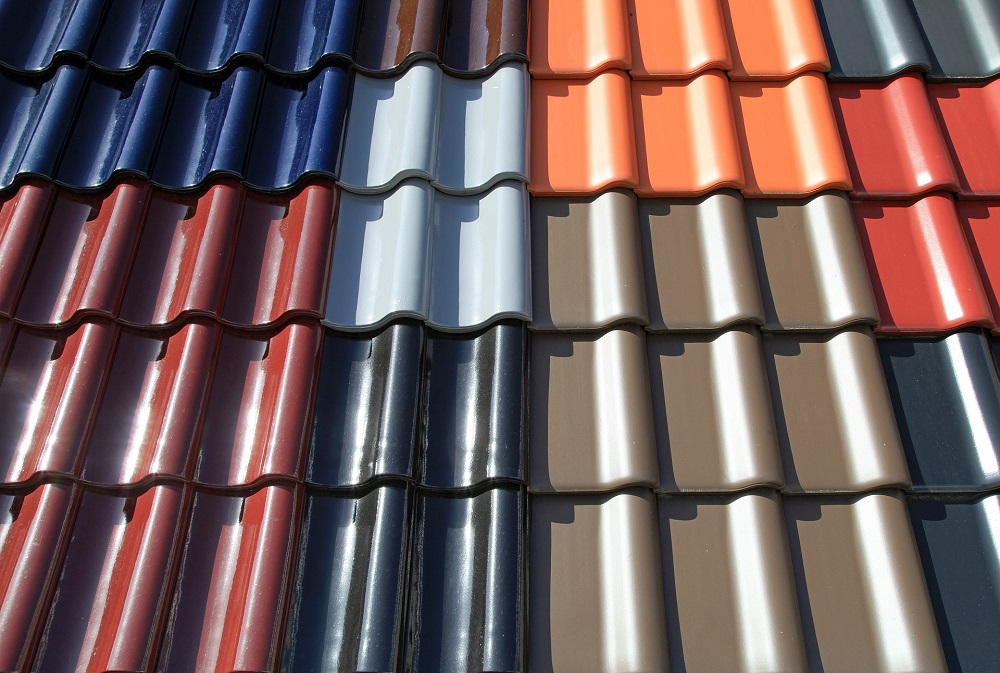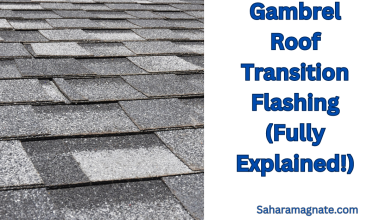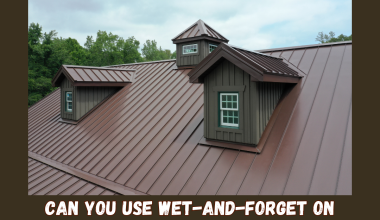Mother Nature can do a number on your roof. You know how blustery storms, high winds, and heavy rain can cause issues, but you may not know that hail can also wreak havoc on your roof.
Although hail damage might not be immediately noticeable, it can cause severe structural issues in your home.
So, exactly how does hail damage a roof? The answer depends on your roof’s material, the hail’s size and the type of hit it gets.
In this article, we’ll go over all you need to know about how hail affects a roof to help you better understand how to keep your home in tip-top shape.
We’ll look at the different types of roofing materials, what level of hail damage means replacement vs. repair (and vice versa), and more helpful resources for further understanding of hail and its impact on your home or business’s roof.
How Does Hail Damage A Roof?
Hail damage is an unavoidable outcome of a hail storm. It’s caused by the force of hail hitting your roof, damaging its surface and underlying materials.
You may see evidence of hail damage in the form of dents, dings, or holes in your roof’s shingles and tiles.
The extent of the damage depends on the size and strength of the hail, as well as how resistant your roof is to such impacts.
Metal roofs are typically more durable, while asphalt shingles may be more susceptible to hail damage.
Hail will also cause damage to other parts of your roof too. For example, it can puncture skylights or rooftop vents; break seals between flashing or vent covers; dent ridge caps, chimney caps, and roof valleys; and even break gutters or downspouts.
Overall, knowing that any type of roof can suffer from hail damage after a storm is essential.
Regular inspections are vital in helping catch problems before they worsen, so ensure you keep up with regular maintenance on your home’s roof.
Roof Blistering Vs. Hail Damage
If you’ve ever heard the phrase “hail damage” before, you probably assumed it was related to a punctured or crumpled roof.
However, this isn’t always the case. Hail damage often takes the form of what is known as roof blistering.
So what is roof blistering? It’s when hail balls cause small bumps on the surface of your roof where water has become trapped and forms a pocket beneath the shingles.
Over time, these blisters can cause the shingle to break down and weaken, eventually allowing water and moisture to end up in your home. This can lead to costly repairs and even worse problems if handled incorrectly.
It is important to note that it can be challenging to spot hail damage immediately because of its subtlety.
That’s why it’s always essential to have a professional inspect your roof annually, especially after storms with larger hail.
This can help you identify any problems before they become too severe and save you money on repair costs in the long run.
Recognizing Damage From Other Causes
It is essential to recognize that hail is not the only cause of roof damage. While hail can cause dents and other issues, it’s also possible for other factors to cause damaged roofs.
For example, a tree branch falling onto your roof from the wind can cause significant damage.
In addition, animals may be able to cause damage to your roof if they make their way into parts of your attic or even burrow through shingles to get inside.
Finally, improper installation is also a potential cause of roof damage. If the roof wasn’t installed correctly, it could lead to issues down the road that may be mistakenly blamed on hail instead.
So while hail can do some damage and is worth checking for after a large storm, always consider potential damage from other sources to assess your roof’s condition accurately.
Types of Roofs Vulnerable to Hail Damage
If you’re wondering how hail can damage your roof, it’s essential to know the types of roofs more vulnerable to hail damage.
The four most common roofing materials are wood shingles, asphalt shingles, clay tiles, and metal roofs. Each of these materials can be damaged by hail, but some are more susceptible than others.
Wood shingles
Wood shingles are the most vulnerable of the four materials. Wood is a soft material and easily damaged by hail.
A hailstone can dent or break wooden shingles and penetrate the underlying layers if it is large enough.
Asphalt shingles
Asphalt shingles are less vulnerable than wood due to their greater thickness and stronger structure.
However, if a dramatic hailstorm brings multiple hailstones into contact with the asphalt surface at once, dents and scratches may occur.
Clay tiles
Clay tiles will generally survive without severe damage when exposed to hail as they are very dense and difficult to break with traditional hailstone sizes.
However, when exposed to fast-moving hailstones at high speeds, they can be cracked or shattered beyond repair due to their thinness.
Metal roofs
Metal roofs have an advantage over other roof types regarding hail protection; they tend to dent rather than crack or break as other materials like wood and clay tiles do.
Their durable structure also means that it works well against high winds, which often accompany thunderstorms with hail.
Identifying Hail Damage on a Roof
So, how do you identify hail damage on a roof?
Signs of Damage
The first signs that hail might have damaged your roof can be seen outdoors. You may see broken tree branches and clustered dents on metal surfaces like cars, siding, or gutters.
Common signs of roof hail damage include missing or damaged shingles and granules, cracked venting or flashing, and dents in metal parts like vents and pipes.
Examine from Inside
Inside the home, look for stains on walls or ceilings, buckled insulation, water spots or streaks on walls, and any areas where light is coming through the roof.
Get a Professional Inspection
If you think there might be hail damage to your roof after looking from the outside and inside of the home yourself — then it’s a good idea to get a professional roof inspection done for a more detailed assessment.
A professional inspector can spot signs of destruction that are not easily visible to someone who does not inspect roofs for a living.
They can also use drones with infrared cameras to take photos of the rear of the house’s roof.
Roof Repairs vs. Roof Replacement
Hail damage can be tricky to figure out, and sometimes it’s hard to tell whether you need just a few repairs or an entire roof replacement.
If you’re unsure what to do, here are a few things to consider.
Roof Age
Make sure to look at the age of your roof before making any decisions. If it’s been around for several decades, then opt for a replacement rather than minor repairs, which may not hold up long-term.
Repairable Damage
If your roof is in decent condition, minor repairs may be enough to keep it strong. Look out for areas with apparent damage such as dented shingles or missing pieces that need to be replaced.
Extent of Damage
Suppose there’s extensive damage spread out over multiple areas on the roof. In that case, it may be time for a total replacement rather than trying to repair each area separately — this will save you time and money in the long run.
When it comes down to it, replacing your roof may not be necessary if there is only minor hail damage that can easily be repaired – but if there’s significant damage or if your roof is close to its expected life span anyway, then replacing your roof may be worth the investment.
Conclusion
The bottom line is that hail can cause severe damage to a roof and home, and it’s essential to understand how to detect it and fix it.
Any kind of storm, however severe the hail, can cause damage to a roof, and the damage may not always be visible from the ground.
If you’re concerned about hail damage, call a roofing professional for a thorough inspection and repair as soon as possible.
Protecting your roof from hail damage starts with regular maintenance and inspections and proper installation from the start.
It’s always better to face hail damage head-on and repair the roofing system before the damage becomes widespread and possibly costly damage is done.
Proper maintenance and inspection after a storm can help prevent more significant problems, but understanding how hail damage can occur is the first step to complete roof protection.
